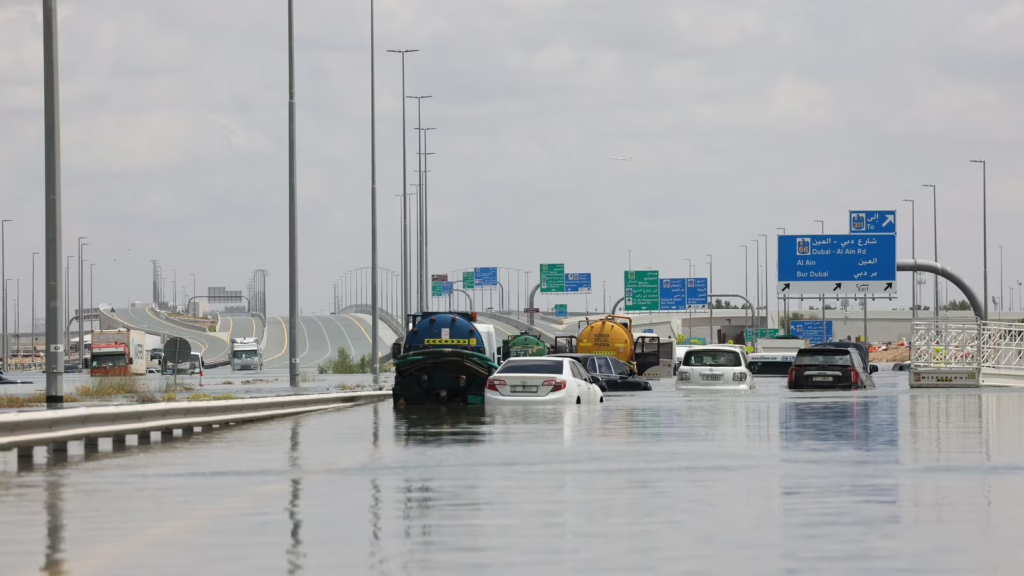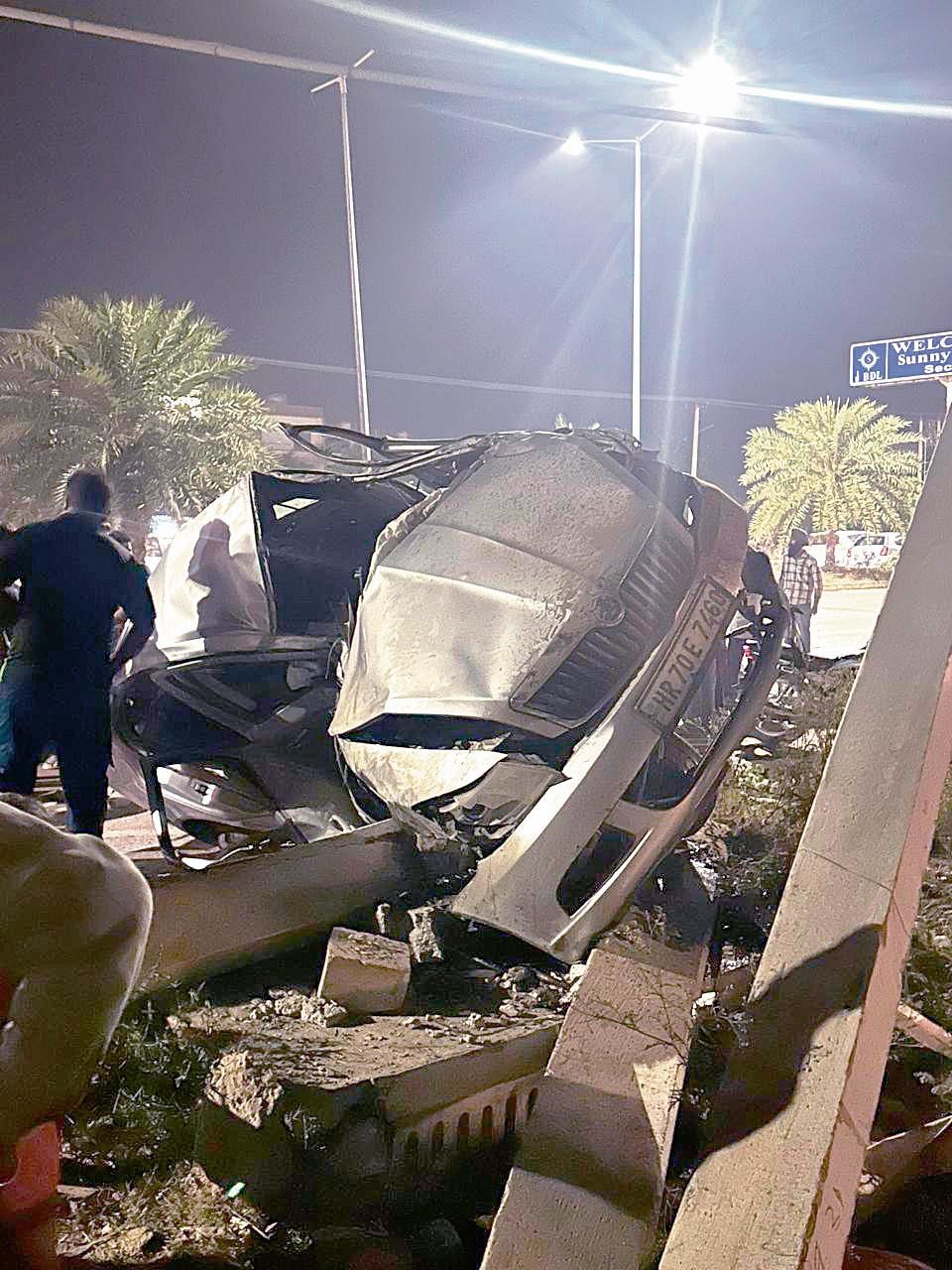Dubai floods: The state-run WAM news agency described the rain as “a historic weather event” that was greater than “anything documented since the start of data collection in 1949.”
Tuesday’s “heaviest rain ever” fell on the parched United Arab Emirates (UAE), causing flooding in Dubai.
The state-run news service WAM described the rain as “a historic weather event,” better than “anything documented since the start of data collection in 1949.”
Tuesday saw rain in Oman, Qatar, Saudi Arabia, Bahrain, and Oman.
Among other things, “cloud seeding” is thought to be the cause of the widespread rain that was observed throughout the United Arab Emirates.
According to meteorologists at NCM cited in multiple media accounts, Emirates’ National Center for Meteorology (NCM) carried out six or seven cloud-seeding aircraft before to the rains that wreaked havoc in Dubai.
After a gambling investigation, the NBA bans Jontay Porter.
What is cloud seeding?
Cloud seeding is a type of weather modification where substances like silver iodide or dry ice are dispersed into clouds to encourage precipitation, such as rain or snow.
In countries like the UAE, where temperatures are high and annual rainfall is minimal, cloud seeding is employed to alleviate pressure on limited groundwater sources by enhancing precipitation.
How does cloud seeding work?
Cloud seeding is a technique where “seeding agents” such as silver iodide or salt are introduced into clouds to stimulate condensation and trigger rainfall.
Weather forecasters monitor atmospheric conditions and identify suitable clouds for seeding based on precipitation patterns. This technique can increase rainfall by up to 30-35 percent in clear conditions and 10-15 percent in more humid conditions.
What is UAE’s cloud seeding program?
The UAE initiated its cloud seeding program in the late 1990s, making it one of the first Middle Eastern countries to use this technique. Collaborative research with institutions like the National Center for Atmospheric Research (NCAR) and NASA has bolstered their efforts.
The UAE established the “UAE Research Program for Rain Enhancement Science” (UAEREP) in 2015 to address water security challenges.
According to the UAEREP, the Emirates’ National Centre of Meteorology (NCM) has established a national network of 86 automatic weather stations (AWOS) for weather monitoring, six weather radars covering the entire UAE, and one upper air station.
It has also created climate databases and assisted in the development of high precision Numerical Weather Predictions and simulation software in the UAE.
The UAEREP website further informed that currently, the NCM operates four Beechcraft King Air C90 aircraft from Al Ain Airport equipped with the latest technologies and devices employed for cloud seeding and atmospheric research.
How brain cells coordinate working memory processes is known as neural harmony.
What is the environmental impact of cloud seeding?
Cloud seeding alters the precipitation patterns of a region/locality. This may negatively impact neighbouring ecosystems, who were to receive rain for the seeded clouds originally.
Introducing seeding agents might impact the natural hydrological cycle as it may change the natural soil moisture levels, groundwater recharge, and river flows.
Some experts worry about the potential for silver toxicity if cloud seeding becomes widespread. Silver iodide is a common seeding agent. Silver toxicity could pose risks to aquatic life and soil health.
Therefore, even with the promise cloud seeding holds, responsible stewardship and thorough evaluation of its environmental impacts are crucial.















Reader Interactions